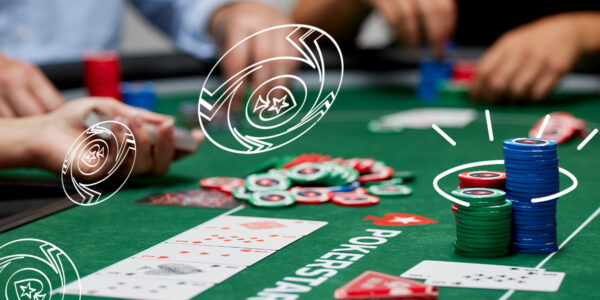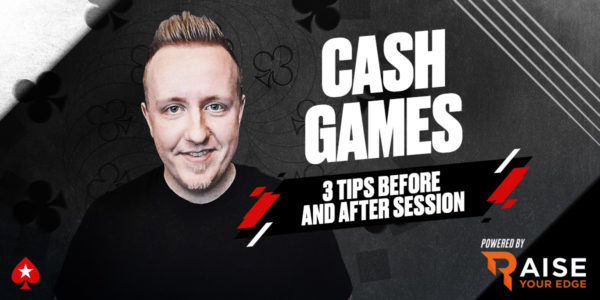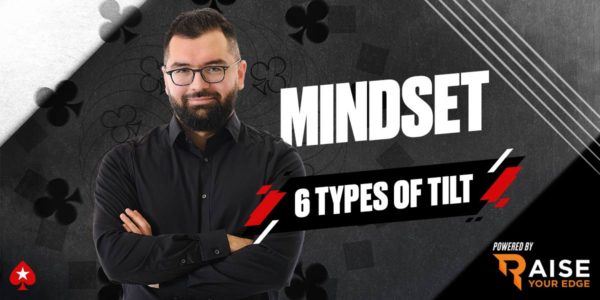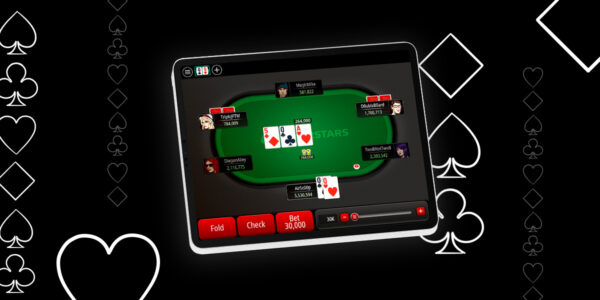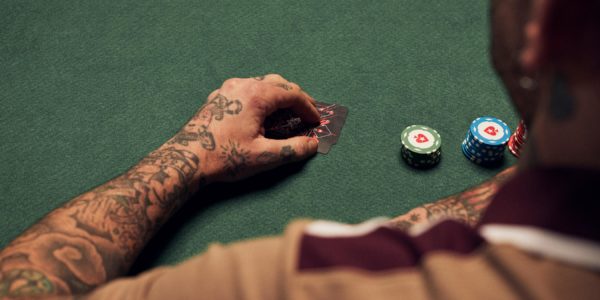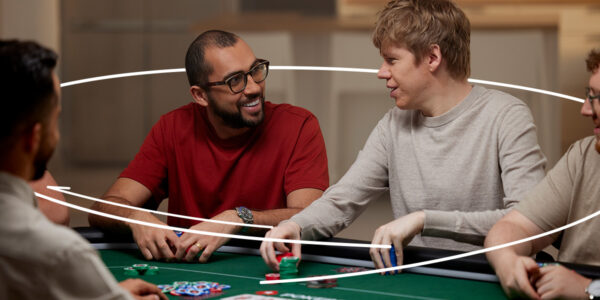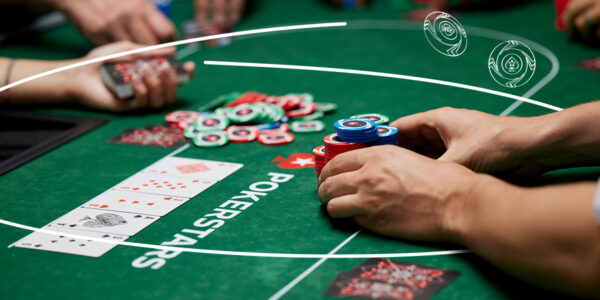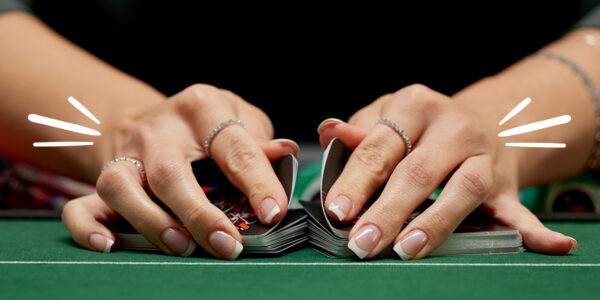Inside the Mind of a Pro – A Pot I Should Never Have Won
Sometimes you give up on a hand and resign yourself to losing the pot only to somehow see the chips pushed in your direction. This almost always means that your opponent has missed a mandatory bluff and this was very much the case in this 100NL ZOOM hand.
Pre-Flop
I am dealt A♣4♦ in the BB and a player I’ve not tangled with much opens on the BU to $2.40. It is important to note that this raise is not $2.50. Many players subconsciously ignore the $0.10 difference; and while this might not seem like much, it turns some hands that would normally be folds into calls. Hands like J4s, 96s and 98o are slightly too weak to call in game theory against a 2.5BB open but these are the sort of hands that will quickly become calls when Villain sizes down by a tenth of a big blind.

My hand is always a mix of call and 3-Bet bluff, 10 cent discount or otherwise. I roll high on my random number generator. If you’ve ever watched my Thursday night cash game stream at twitch.tv/pokerstars you’ll no doubt have witnessed me turn to this when I have a mixed strategy with a certain hand. I make it $11.00. Sometimes viewers ask me why I 3-Bet so large in these situations but smaller in others. The idea here is that my 3-Bet range is polarised. I can do a lot of flatting from the big blind with very playable medium hands like QTs and so I mix a lot of 3-Bet bluffs in with some weaker holdings. When you are polarised, meaning raising or betting with very strong hands and bluffs, you want to increase the pressure on your opponent’s middling hands. My hand has a strong blocker and will gain a lot by folding out a bigger off-suit ace so I am allowed to 3-Bet it sometimes.
Sadly, Villain calls this time and we go to the flop.
Flop
The flop ($22.50) comes 10♦9♣6♣. This is a miserable flop for my 3-Bet range and a fairly good one for my opponent’s. He flats a lot of medium suited cards and pocket pairs to my 3-Bet. By comparison, my range contains some very terrible hands like AK and my current holding. I should check a lot of my hands here. There is a strong incentive to protect my checking range with plenty of sets and overpairs. I will rarely bet here. My actual hand is not totally ridiculous to bet since I at least have the A♣, blocking some of my opponent’s flush draws and giving me a way to miraculously backdoor the nuts sometimes if I get called. The thing is though, since my range normally wants to check, I need to be careful not to let my bluffing frequency get too out of line unless I think Villain is overfolding to c-bets. I have no evidence for this. I check and Villain checks behind. We have talked in previous hands about what this passive check implies about the pool’s range.

Turn
The turn ($22.50) is the 8♠. In practice, Villain’s flop check usually limits his hand strength more than it should. He is supposed to bet many of his strong hands on the flop in theory, but not all of them. Top pair is supposed to check a decent amount of the time on the flop, but most regulars at these limits put protection of equity before balance and end up simply betting. This increases the EV of bluffing like a maniac on the turn. This turn card is also pretty horrific for my range. A lot of my stronger flop checks were overpairs and these hands have now been even further demoted. As a result, I should continue by checking most of my hands, in theory, and using a lot of small thin value bets when I do throw chips into the pot.
I take a different course in this hand, however. Motivated by my opponent likely not having a protected enough checking range, I opt to bet 70% pot. Another factor here is that I expect Villain to fold too often with hands like AQ, which actually makes a fine bluff catcher.
Alas, I get called this time and I decide that bluffing river is probably unadvisable. The reason for this is that I expect too many marginal hands like top pair to bet the flop, therefore his turn calling range is weighted more to stuff like two pair and straights that he’s just hit. I doubt he has ATs very often when he plays this way so I cannot expect too much river fold equity.
River
The river ($54.58) is the 9♥. If I thought Villain was calling enough weaker hands on the turn, bluffing small on this river would work fine. I could get enough folds from better ace-high, but I as I said, expect him to fold too often with AQ on the previous street. I check, already writing the hand off and getting ready to move onto the next one. Villain checks and I win???
What has just happened?
Villain shows KQo.
My opponent butchered this river badly. His range is loaded with strong hands and he has chosen to showdown the weakest possible hand in his range. This essentially means he is never ever bluffing this spot. I thank him for his generosity and make a note to never bluff-catch this guy’s river bets. I don’t remember ever winning a pot of this size with such an atrociously bad hand, and in theory, it should never happen.
Conclusion
When you get to the river with a hand much weaker than the rest of your range and have plenty of hands to value bet, you should bluff that holding.
My opponent loses not just to my showdown value, but also to many of my pure air give ups. This is why it is so crucial that he bluffs.
Condimentum Nibh
Donec sed odio dui. Cras mattis consectetur purus sit amet fermentum. Vestibulum id ligula porta felis euismod semper. Curabitur blandit tempus porttitor.

